 Starting with observational data and scalar time series, this method uses complex network topology to deduce the underlying dynamics of systems in a fast, efficient way without the need for n-body simulations.
Starting with observational data and scalar time series, this method uses complex network topology to deduce the underlying dynamics of systems in a fast, efficient way without the need for n-body simulations.
Jul 30th, 2019
Read more
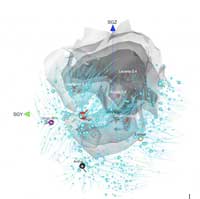 Astronomers have published a new study that reveals more of the vast cosmic structure surrounding our Milky Way galaxy.
Astronomers have published a new study that reveals more of the vast cosmic structure surrounding our Milky Way galaxy.
Jul 23rd, 2019
Read more
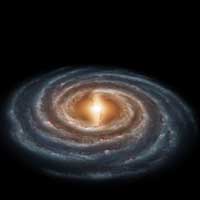 New study puts a sequence to the events which gave rise to our Galaxy.
New study puts a sequence to the events which gave rise to our Galaxy.
Jul 22nd, 2019
Read more
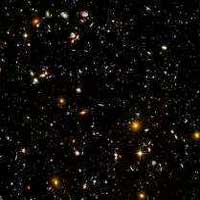 New measurements imply dramatically higher abundance of helium hydride ions in the early universe.
New measurements imply dramatically higher abundance of helium hydride ions in the early universe.
Jul 18th, 2019
Read more
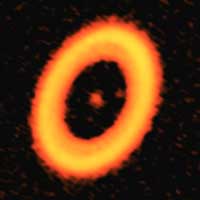 Astronomers have made the first-ever observations of a circumplanetary disk, the planet-girding belt of dust and gas that astronomers strongly theorize controls the formation of planets and gives rise to an entire system of moons, like those found around Jupiter.
Astronomers have made the first-ever observations of a circumplanetary disk, the planet-girding belt of dust and gas that astronomers strongly theorize controls the formation of planets and gives rise to an entire system of moons, like those found around Jupiter.
Jul 12th, 2019
Read more
 For the first time, astronomers have found two giant clusters of galaxies that are just about to collide. This observation can be seen as a missing 'piece of the puzzle' in our understanding of the formation of structure in the Universe.
For the first time, astronomers have found two giant clusters of galaxies that are just about to collide. This observation can be seen as a missing 'piece of the puzzle' in our understanding of the formation of structure in the Universe.
Jul 12th, 2019
Read more
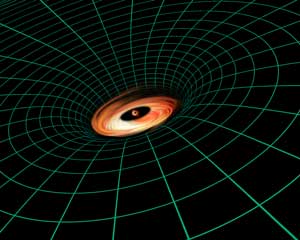 As if black holes weren't mysterious enough, astronomers using NASA's Hubble Space Telescope have found an unexpected thin disk of material furiously whirling around a supermassive black hole at the heart of the magnificent spiral galaxy NGC 3147, located 130 million light-years away.
As if black holes weren't mysterious enough, astronomers using NASA's Hubble Space Telescope have found an unexpected thin disk of material furiously whirling around a supermassive black hole at the heart of the magnificent spiral galaxy NGC 3147, located 130 million light-years away.
Jul 11th, 2019
Read more
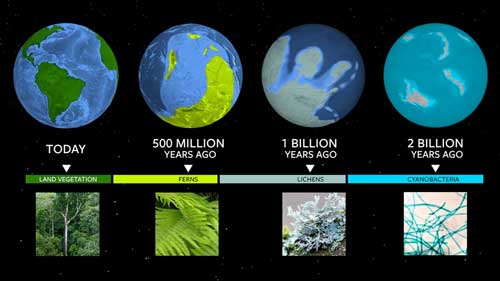 Using nature's color palette from early Earth, astronomers have created a cosmic 'cheat sheet' in order to understand where discovered exoplanets may fall along their own evolutionary spectrum.
Using nature's color palette from early Earth, astronomers have created a cosmic 'cheat sheet' in order to understand where discovered exoplanets may fall along their own evolutionary spectrum.
Jul 10th, 2019
Read more
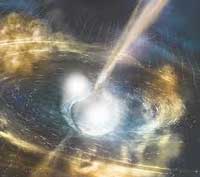 The collision of two neutron stars (GW170817) flung out an extraordinary fireball of material and energy that is allowing a team of astrophysicists to calculate a more precise value for the Hubble constant, the speed of the universe's expansion.
The collision of two neutron stars (GW170817) flung out an extraordinary fireball of material and energy that is allowing a team of astrophysicists to calculate a more precise value for the Hubble constant, the speed of the universe's expansion.
Jul 9th, 2019
Read more
 Metallophilic microorganisms could benefit from the heavy metal in harsh survival conditions.
Metallophilic microorganisms could benefit from the heavy metal in harsh survival conditions.
Jul 9th, 2019
Read more
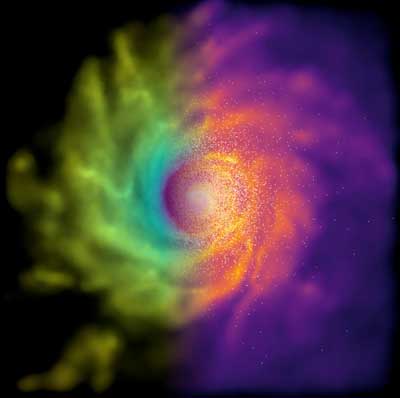 Supercomputer simulations of galaxies have shown that Einstein's theory of General Relativity might not be the only way to explain how gravity works or how galaxies form.
Supercomputer simulations of galaxies have shown that Einstein's theory of General Relativity might not be the only way to explain how gravity works or how galaxies form.
Jul 8th, 2019
Read more
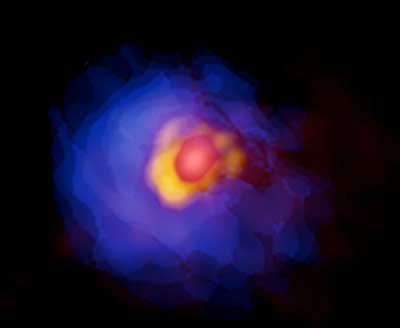 Astronomers obtained the first detailed face-on view of a gaseous disk feeding the growth of a massive baby star. They found that it shares many common features with lighter baby stars. This implies that the process of star formation is the same, regardless of the final mass of the resulting star.
Astronomers obtained the first detailed face-on view of a gaseous disk feeding the growth of a massive baby star. They found that it shares many common features with lighter baby stars. This implies that the process of star formation is the same, regardless of the final mass of the resulting star.
Jul 8th, 2019
Read more
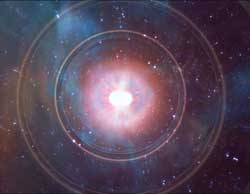 Astronomers have demonstrated how a combination of gravitational-wave and radio observations, along with theoretical modeling, can turn the mergers of pairs of neutron stars into a 'cosmic ruler' capable of measuring the expansion of the Universe and resolving an outstanding question over its rate.
Astronomers have demonstrated how a combination of gravitational-wave and radio observations, along with theoretical modeling, can turn the mergers of pairs of neutron stars into a 'cosmic ruler' capable of measuring the expansion of the Universe and resolving an outstanding question over its rate.
Jul 8th, 2019
Read more
 Scientists have proposed a previously overlooked physical-chemical process that can explain the rapid disappearance of methane from Mars' atmosphere.
Scientists have proposed a previously overlooked physical-chemical process that can explain the rapid disappearance of methane from Mars' atmosphere.
Jul 2nd, 2019
Read more
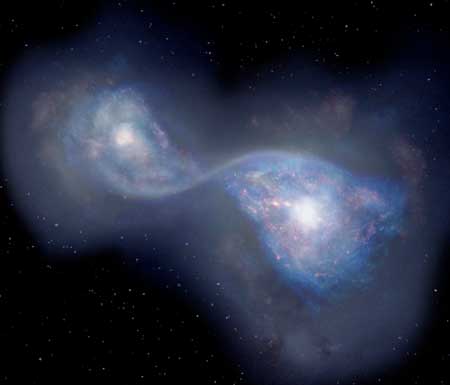 Researchers using ALMA observed signals of oxygen, carbon, and dust from a galaxy in the early Universe 13 billion years ago. This is the earliest galaxy where this useful combination of three signals has been detected.
Researchers using ALMA observed signals of oxygen, carbon, and dust from a galaxy in the early Universe 13 billion years ago. This is the earliest galaxy where this useful combination of three signals has been detected.
Jul 1st, 2019
Read more
 The new model can envision universes with unique parameters, such as extra dark matter, even without receiving training data in which those parameters varied.
The new model can envision universes with unique parameters, such as extra dark matter, even without receiving training data in which those parameters varied.
Jun 26th, 2019
Read more
 The polarisation signature reveals magnetic fields in the universe's most powerful explosions to be much more patchy and tangled than first thought.
The polarisation signature reveals magnetic fields in the universe's most powerful explosions to be much more patchy and tangled than first thought.
Jun 19th, 2019
Read more
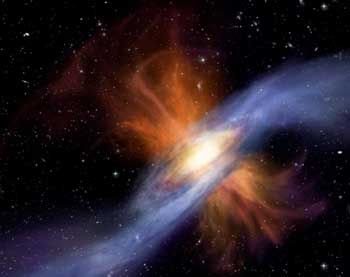 Astronomers have investigated how galactic halos interact with the rest of their galaxies.
Astronomers have investigated how galactic halos interact with the rest of their galaxies.
Jun 18th, 2019
Read more
 Starting with observational data and scalar time series, this method uses complex network topology to deduce the underlying dynamics of systems in a fast, efficient way without the need for n-body simulations.
Starting with observational data and scalar time series, this method uses complex network topology to deduce the underlying dynamics of systems in a fast, efficient way without the need for n-body simulations.
 Subscribe to our Space Exploration News feed
Subscribe to our Space Exploration News feed















